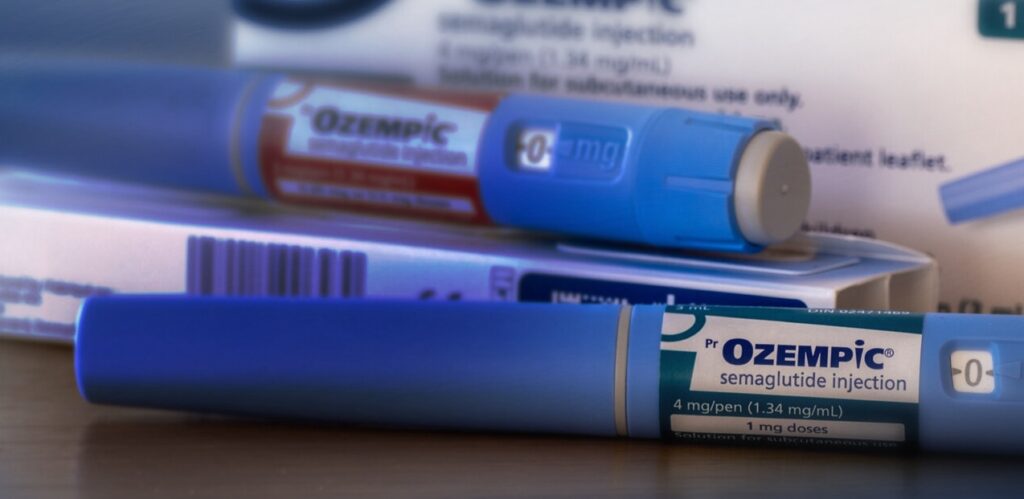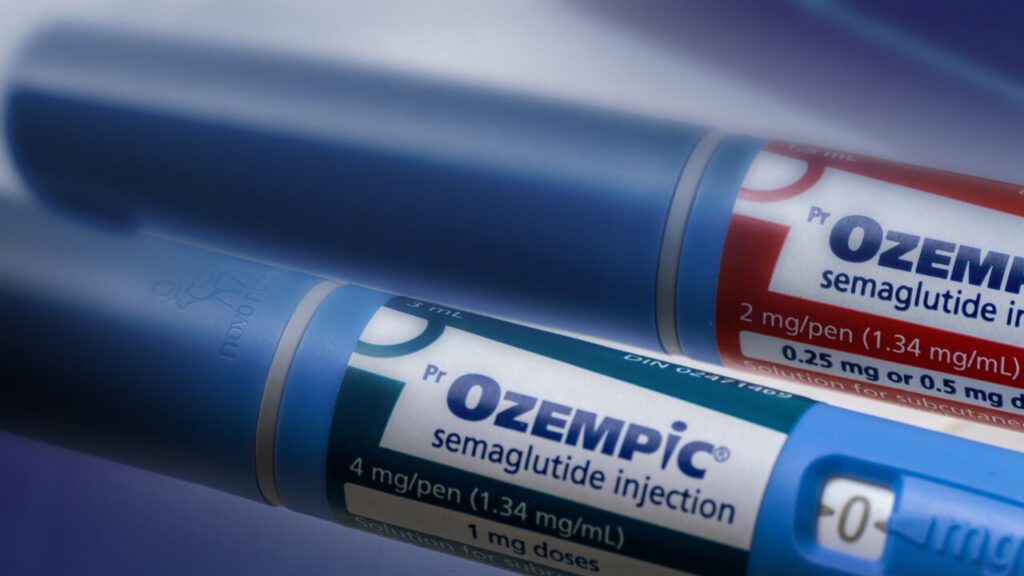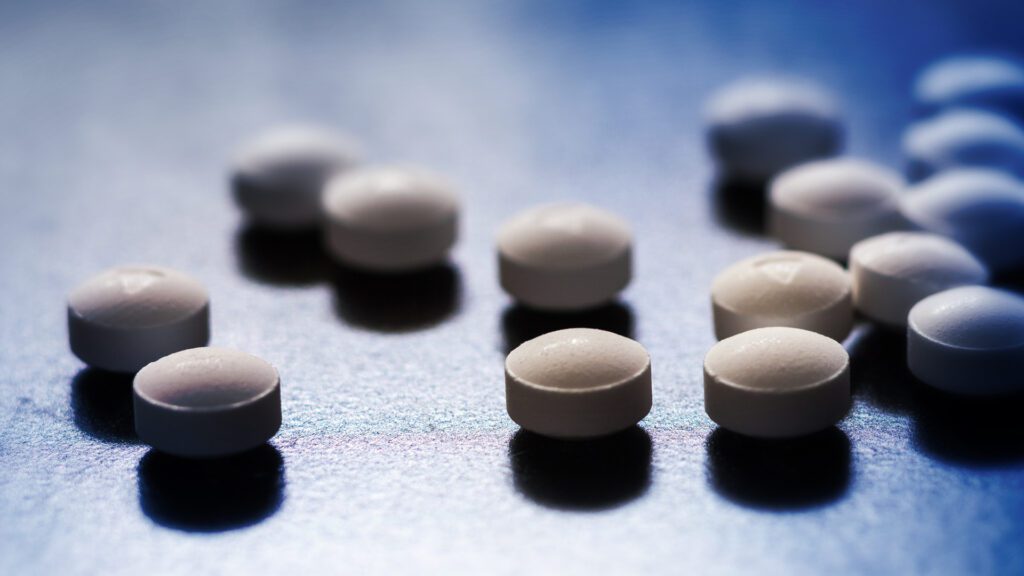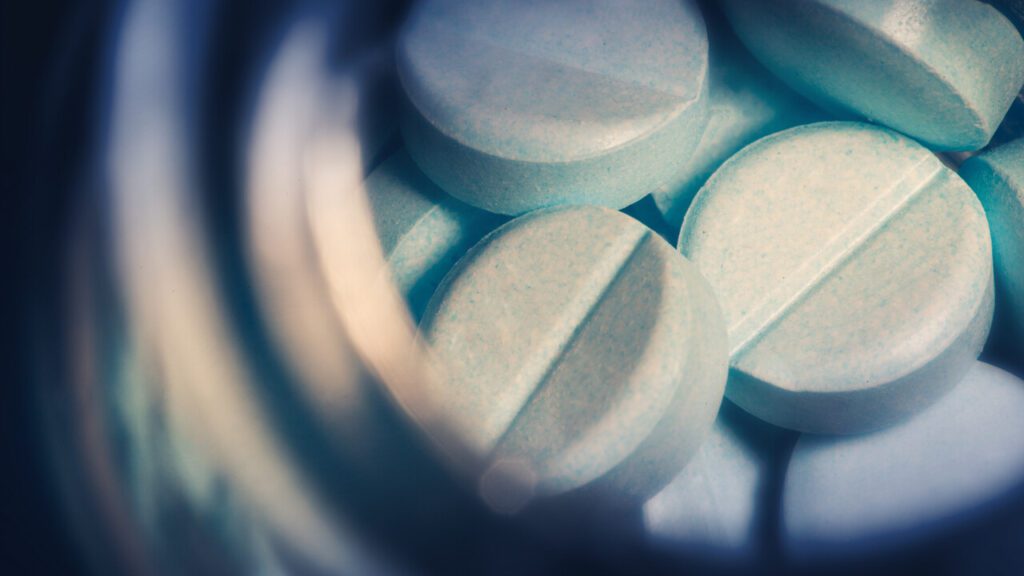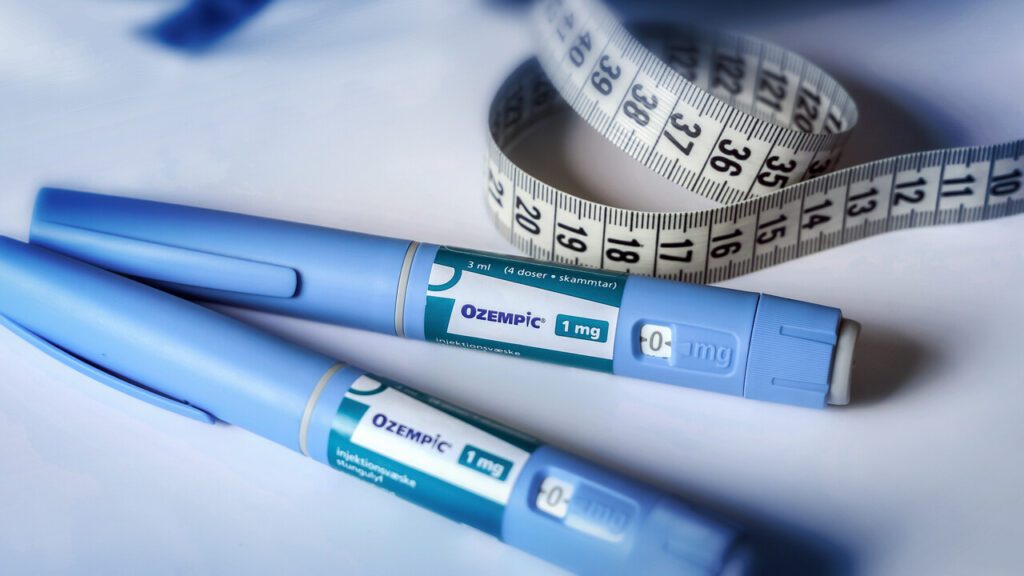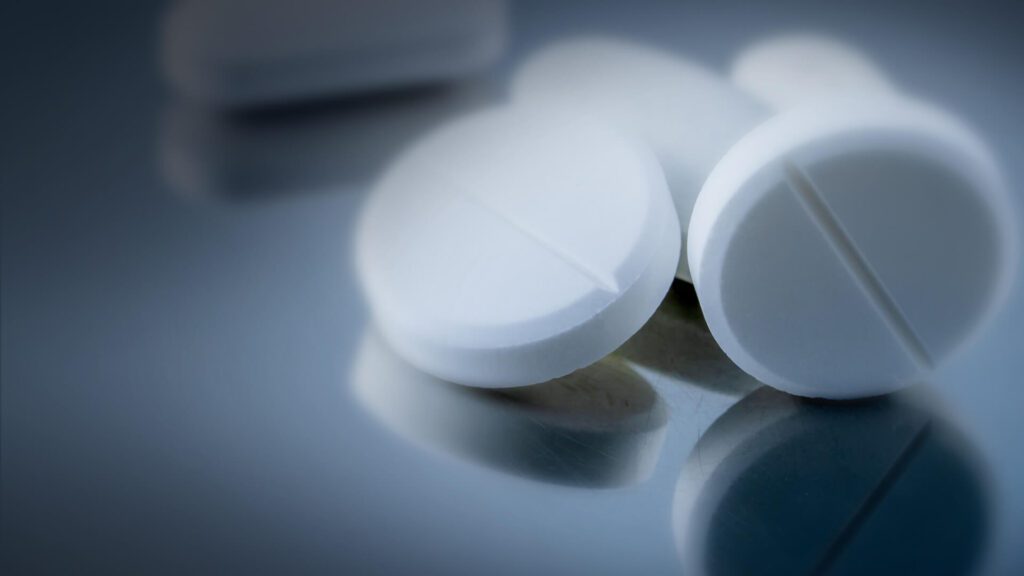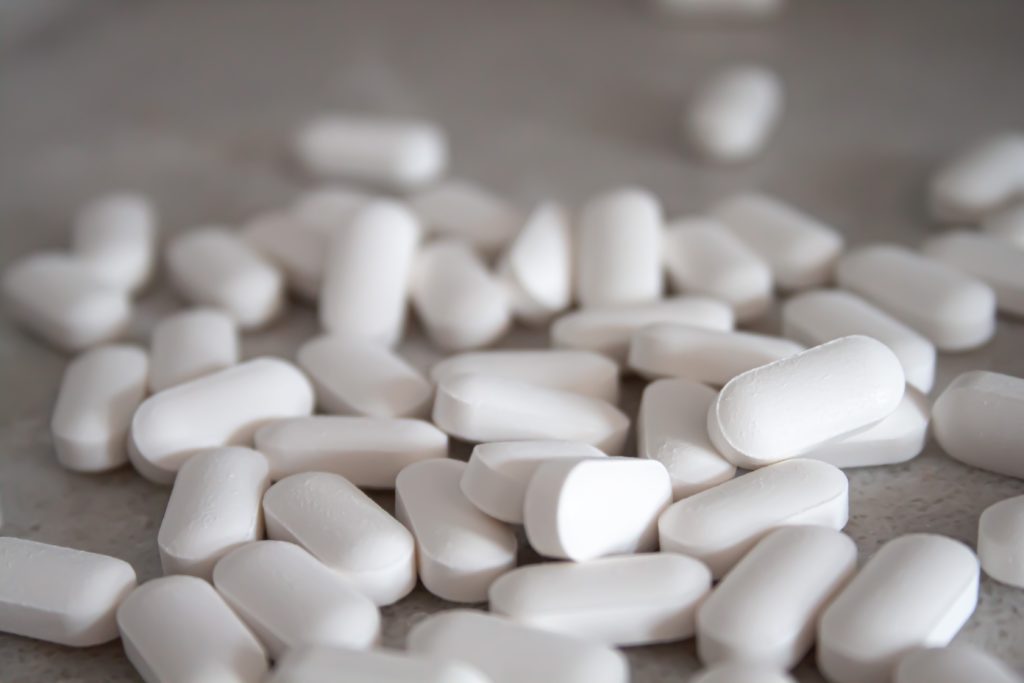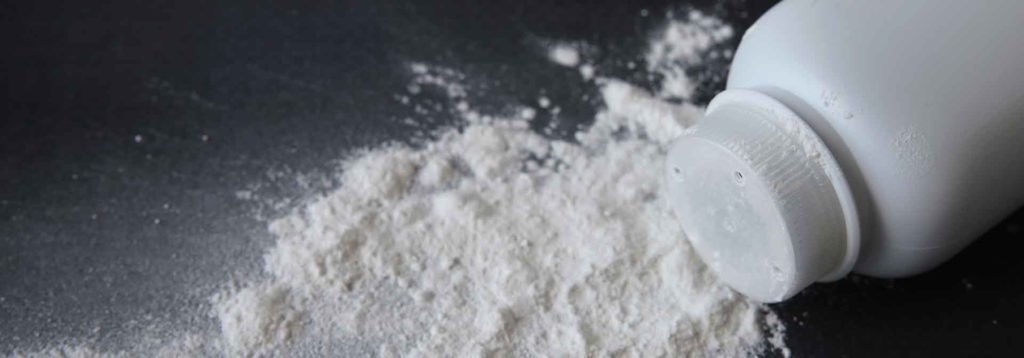
The Hidden Risks Behind Popular Weight Loss Drugs
Medications like Ozempic, Wegovy, and Mounjaro have surged in popularity for their weight loss benefits—but serious health risks are emerging. Their widespread use has led to alarming side effects, including:
- Gastroparesis (Stomach Paralysis)
- Intestinal Obstruction
- NAION (Sudden Vision Loss)
- Deep Vein Thrombosis (DVT)
- Pulmonary Embolism
Beasley Allen is actively investigating injuries linked to these medications and is part of the leadership team in the nationwide multidistrict litigation (MDL) consolidated in February 2024. With decades of experience in pharmaceutical litigation and billions recovered for clients, Beasley Allen is committed to holding drug manufacturers accountable and protecting consumer health.

What Are GLP-1 Drugs?
Glucagon-like Peptide 1 (GLP-1) is a hormone made in your intestines that helps control your blood sugar. It does this by:
- Making your body release insulin, which lowers blood sugar.
- Stopping the release of another hormone called glucagon, which raises blood sugar.
GLP-1 also slows down how quickly your stomach empties, making you feel full longer and reducing your appetite. Because of these benefits, medications that mimic GLP-1 are used to treat type 2 diabetes and help with weight loss.
A Look at the Labels
What do these diet drugs have in common? Breaking down the active ingredients linked to weight loss:
- Tirzepatide – Tirzepatide works by mimicking two hormones to help regulate appetite and blood sugar. Used as a second-line treatment for diabetes, it’s given as a once-weekly injection. Eli Lilly produces both Mounjaro and Zepbound with tirzepatide.
- Semaglutide – Semaglutide is a medication that helps lower blood sugar levels. It mimics a natural hormone that aids digestion and promotes feelings of fullness, helping to reduce hunger.

Serious Side Effects
While these drugs can be used to manage type 2 diabetes, they also are linked to a variety of serious and potentially fatal health hazards.
- Gastroparesis (Stomach Paralysis): A condition where the stomach muscles stop working properly, causing food to remain undigested. Symptoms include nausea, vomiting, bloating, and malnutrition.
- Intestinal Blockage (Ileus): A potentially life-threatening condition that may require emergency surgery. Symptoms include severe abdominal pain, constipation, and vomiting.
- NAION (Non-Arteritic Anterior Ischemic Optic Neuropathy): A rare but serious eye condition that causes sudden vision loss due to reduced blood flow to the optic nerve. Recent studies have linked semaglutide use to increased NAION risk.
- Deep Vein Thrombosis (DVT) and Pulmonary Embolism: Blood clots that can travel to the lungs and become fatal if untreated.
Meet Our Ozempic Attorneys
Related News
Ozempic Order Breakdown, The Latest In The Litigation
The latest in Case Management Orders (CMOs) for the Ozempic Litigation! Judge Karen Marston is overseeing…
Victory Against Company Selling Kids Suicide Chemical
Beasley Allen, along with its co-counsel C.A. Goldberg, PLLC, recently secured a win at the…
Blockbuster Diet Drugs Linked to Blindness
Diet drugs have skyrocketed in popularity and are no stranger to scary side effects. In…
Alabama Opioid Settlements: $728 Million & Climbing
The opioid epidemic swept across the United States, leaving a trail of addiction, overdose, and…
Alabama Reaches $220 Million Settlement with Opioid Distributors*
The State of Alabama has settled with two opioid distributors, resolving litigation for their roles…
New Lawsuits Filed Over Ozempic Side Effects
Many of us have come across advertisements for Ozempic, an FDA-approved injection used to treat…
Acetaminophen MDL Clients Get Favorable Ruling
U.S. District Judge Denise Cote in the Southern District of New York recently took significant…
Opioid multidistrict litigation, state cases updates
Lawyers in the opioid multidistrict litigation (MDL) debated in a hearing on Nov. 6 over…
School districts in three states file vaping lawsuits against JUUL Labs
Beasley Allen lawyers and co-counsel filed lawsuits on behalf of school districts in Kansas, Missouri,…
Beasley Allen sues JUUL for Ohio mother of addicted teen twins
Beasley Allen has filed a lawsuit against JUUL Labs on behalf of Rene Chaney, an…
New vaping law in effect in Alabama
The growing vaping epidemic has gained the attention of law and policymakers across the country….
Daubert hearings over talc’s cancer risk conclude after days of testimony
Daubert hearings involving eight days of expert testimony over whether Johnson & Johnson’s talcum powders…



